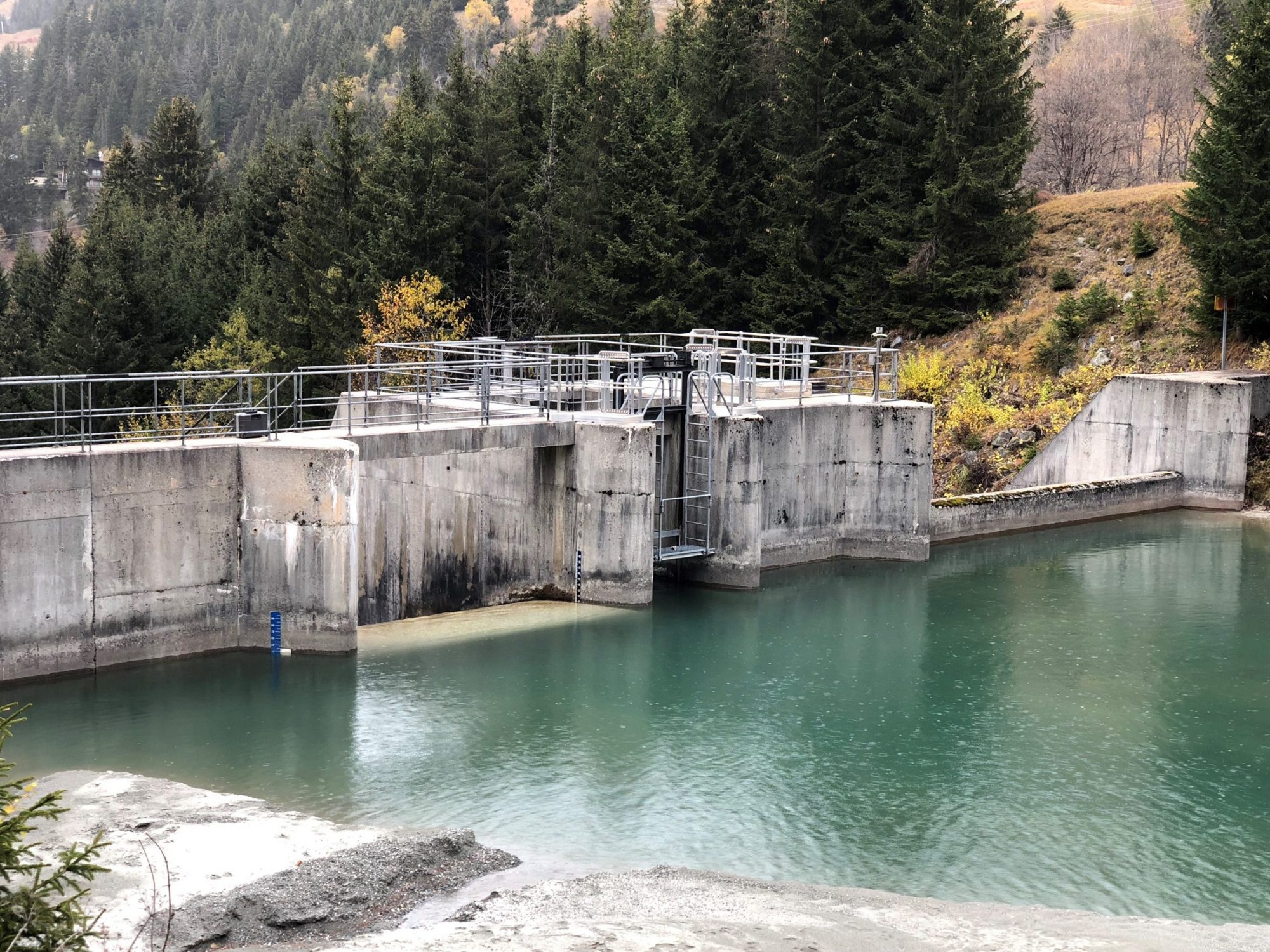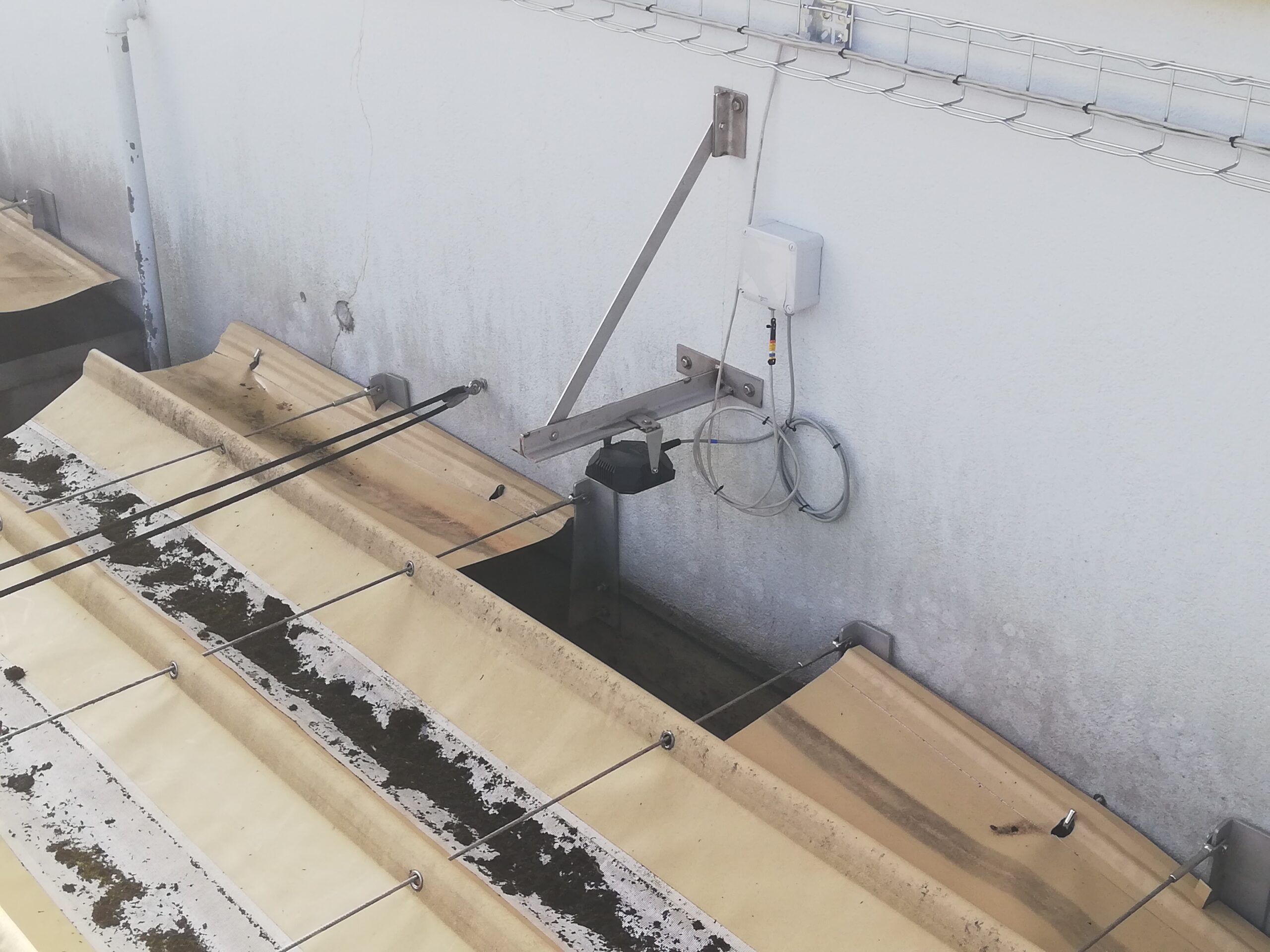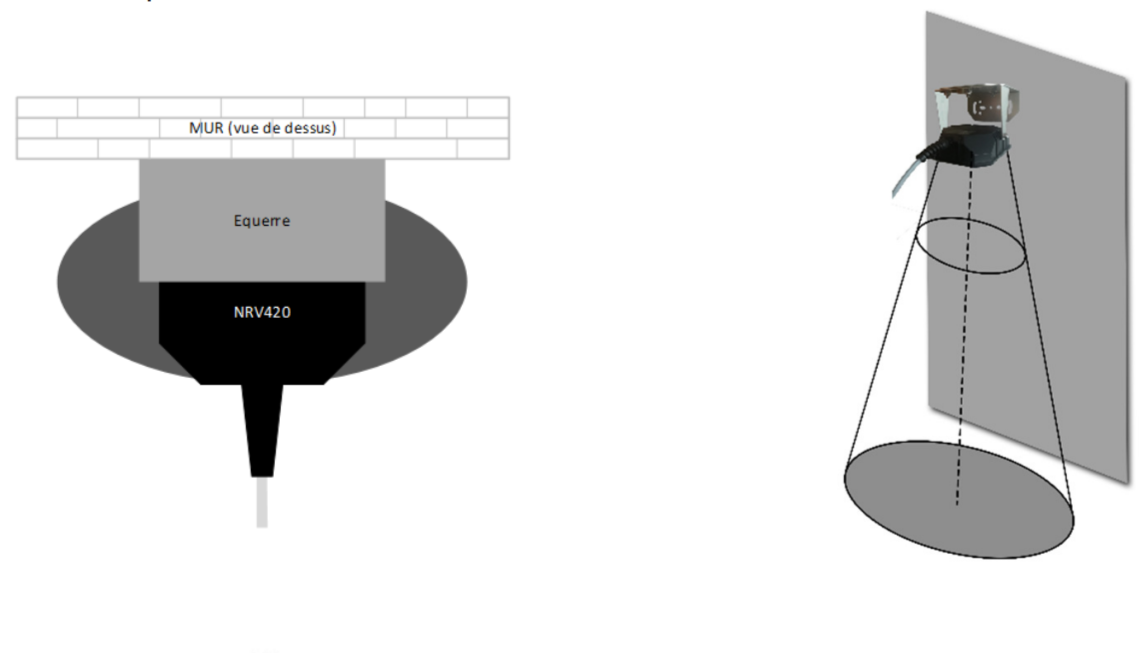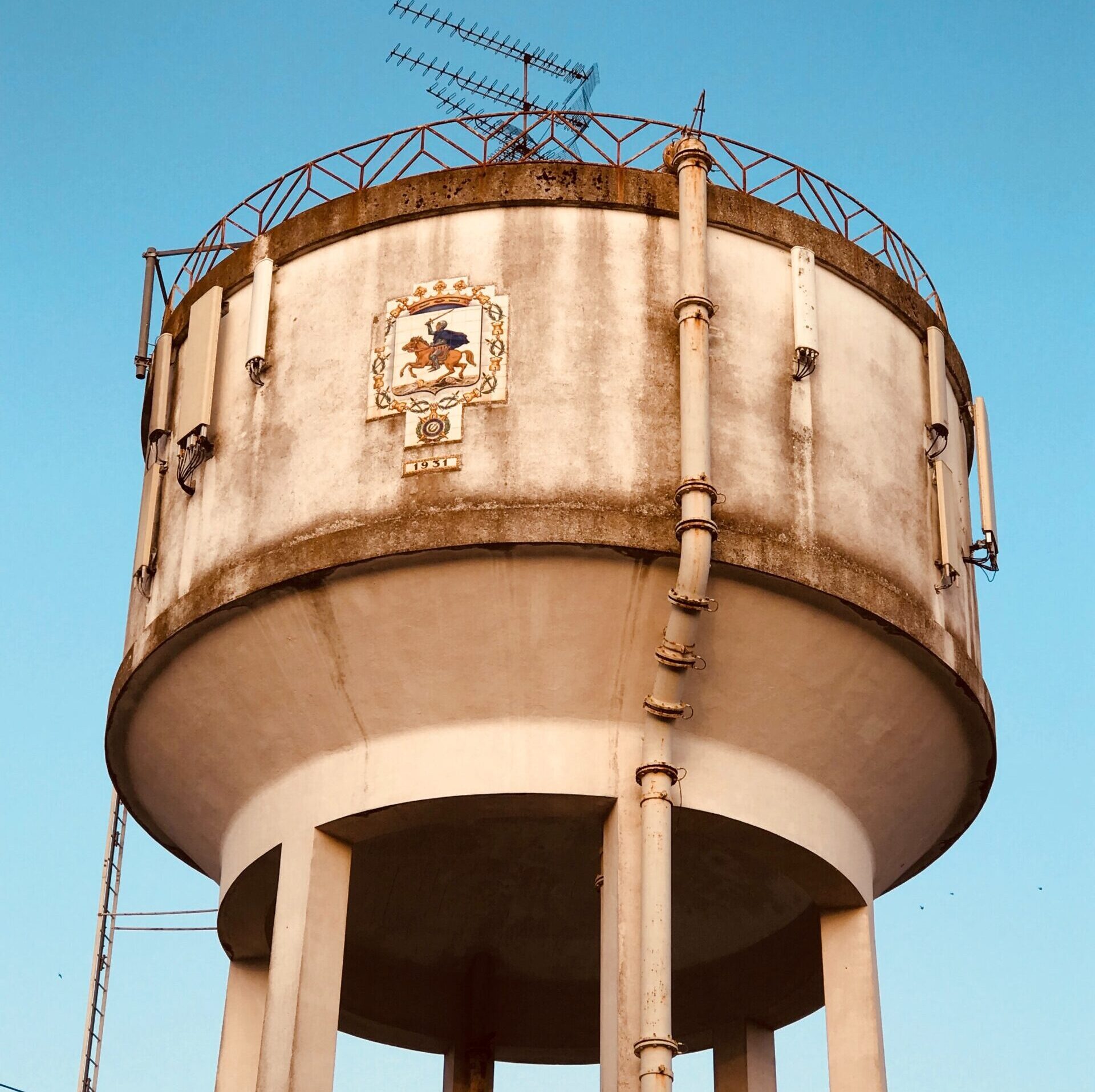Articles
Le NRV est un capteur radar compact qui permet de réaliser des mesures de niveau sans immersion et sans contact avec les liquides.
Il est fabriqué dans l’atelier de PARATRONIC, dans l’Ain, et peut être disponible très rapidement.

Le capteur radar NRV permet la mesure de niveau de liquides, principalement de l’eau.
Le radar NRV peut être présent sur des installations d’assainissement, d’eau potable, des cours d’eau et parfois en chimie, notamment dans les milieux aqueux contenant du chlorure ferrique.
La plupart du temps, le NRV est installé dans des postes de relèvement, dégrilleurs*, filtres à sable, châteaux d’eau… Il peut aussi servir en milieu naturel, pour la mesure de niveaux d’eau, pour la surveillance des crues et étiages.
*Un dégrilleur est un système qui filtre les déchets dans l’eau (pour l’assainissement ou dans l’eau pluviale). Un radar NRV placé dans le système dégrilleur permet de s’assurer que la grille n’est pas bouchée par les déchets : on mesure le niveau d’eau des deux côtés de la grille, et s’ils se révèlent inégaux, cela montre que l’écoulement est bloqué. La grille est alors remplacée automatiquement.
Les principaux avantages du capteur radar NRV sont d’abord sa disponibilité en 24 heures sous conditions, puisqu’il est made in France.
Ensuite, ses avantages techniques comme sa très faible consommation et son temps de chauffe réduit : 2 secondes de temps de chauffe. On peut donc avoir une mesure en une dizaine de secondes grace au temps de lissage paramétrable (pour éviter les erreurs liées à des vaguelettes par exemple),

Plusieurs raisons peuvent vous pousser à choisir un capteur NRV plutôt qu’une sonde piézométrique :

Le capteur radar NRV est très facile à installer. Il peut tout à fait être utilisé tel qu’il sort de l’usine, mais nous vous conseillons de le paramétrer pour l’ajuster au mieux à vos besoins.
Le paramétrage s’effectue avec n’importe quel ordinateur, en utilisant notre logiciel gratuit IHM Capteurs, l’adaptateur ADP USB et bien sûr un câble de branchement. Les paramètres IHM Capteurs sont exportables, vous pouvez donc vous créer une bibliothèque de paramètres pour les réutiliser d’un capteur à l’autre ou les conserver en cas de remplacement du NRV (il vous suffira alors de les réinjecter dans le nouveau capteur).
Le capteur est livré avec 2m de câble, et une une équerre de fixation peut être ajoutée (en option).
Vous pouvez tout à fait réaliser cette installation par vous-même, mais nos équipes sont à votre disposition si besoin.
Contrairement à des capteurs comme le Radius, le capteur radar NRV n’est pas un système autonome : il s’alimente soit par une source extérieure, soit par le système d’acquisition de données auquel il va être relié : l’automate, la télégestion, le MAC, le RS4, les afficheurs… Il fonctionne dans une boucle 4-20 mA.
La plupart de ces systèmes d’acquisition de données peuvent être connectés à une batterie ; le capteur NRV est donc compatible avec des sites difficiles d’accès et non connectés au secteur.
Le NRV ne requiert quasiment aucune maintenance, si ce n’est de nettoyer sa surface de temps en temps. Cela permet d’éviter que de la saleté s’accumule, ce qui pourrait causer des valeurs erronées.
Contrairement à des capteurs comme le Radius, le capteur radar NRV n’est pas un système autonome : il s’alimente soit par une source extérieure, soit par le système d’acquisition de données auquel il va être relié : l’automate, la télégestion, le MAC, le RS4, les afficheurs… Il fonctionne dans une boucle 4-20 mA.
Le capteur radar NRV transmet un signal 4-20 mA sur deux fils, ou un signal RS485.
Lorsque le niveau d’eau change, le courant varie entre les deux fils, ce qui fait varier le signal en sortie. Par le biais des afficheurs ou de l’acquisition, on peut exploiter ce signal et en déduire une hauteur, un niveau ou un rabattement (la baisse du niveau d’eau d’un puit lorsqu’il est exploité).

Cette information va être exploitée par les systèmes d’automatismes principalement, pour la mise en route de matériels de régulation de niveau : pour remplir un château d’eau ou faire fonctionner un poste de relèvement.
Une fois qu’un niveau haut est paramétré dans l’acquisition, le NRV transmet des mètres, et l’automatisme va démarrer ou arrêter des pompes en fonction des paliers qui lui ont été définis.
Dans le domaine de l’eau potable, par exemple sur un château d’eau ou un réservoir, vous pouvez mesurer la hauteur d’eau et définir des seuils afin que lorsque l’eau atteint le seuil bas, l’automatisme déclenche les pompes qui vont remplir le réservoir afin de garantir la disponibilité de l’eau pour l’usage qui lui est dédié.
Le capteur radar NRV est configuré sur trois niveaux : 3, 8 ou 12. Le tirant d’air maximal qui peut être mesuré est donc de 12m. Au-delà, il faudra adopter une autre solution.
Attention cependant, le radar NRV a une zone morte de 300mm : autrement dit, il est impossible de mesurer le niveau d’eau réel si ce dernier est à moins de 300mm du capteur.
La garantie du capteur radar NRV dure 2 ans et comprend les risques de foudre, sans obligation d’achat de parafoudre (protection foudre intégrée 2KV).
Un parafoudre peut tout de même être ajouté avant l’entrée d’acquisition, afin de protéger le système d’acquisition contre les risques de surtension dus aux chocs de foudre.
Comme presque tous nos produits, le capteur radar NRV est fabriqué à la main dans notre usine de Reyrieux, dans l’Ain, France.
Notre FAQ n’a pas répondu à toutes vos questions ? N’hésitez pas à nous contacter pour plus d’informations.